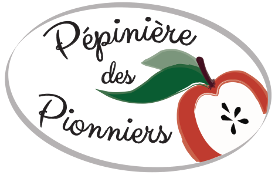

Viburnum nudum is a deciduous shrub in the genus Viburnum within the muskroot family, Adoxaceae (It was formerly part of Caprifoliaceae, the honeysuckle family).
One variety of the species is Viburnum nudum var. cassinoides; synonyms for this variety Viburnum nitidum Aiton, Viburnum cassinoides, Viburnum cassinoides var. harbisonii, Viburnum cassinoides var. nitidum, and Viburnum nitidum.
Common names for the plant include withe-rod, witherod viburnum, possumhaw, and wild raisin.
Viburnum nudum is a shrub with opposite, simple leaves, on slender stems. The flowers are white, borne in late spring.
It is native to North America from southern Ontario and Quebec to Newfoundland, south to Florida, and west to Wisconsin.
The fruit is eaten by wildlife, and deer browse the foliage. It is a larval host to spring azures and hummingbird clearwing moths.
It is listed as endangered in Kentucky and Pennsylvania and as special concern species and believed extirpated in Connecticut.
The Abenaki use the fruit: 152 and the grains of var. cassinoides : 173 for food. The Algonquin people eat the berries of var. cassinoides.
The Cherokee have several medicinal uses for Viburnum nudum var. cassinoides. They take an infusion of it to prevent recurrent spasms, use the root bark as a diaphoretic and a tonic, and take a compound infusion of it for fever, smallpox and ague. They also use an infusion of the bark as a wash for a sore tongue.